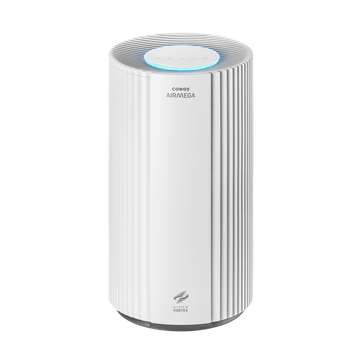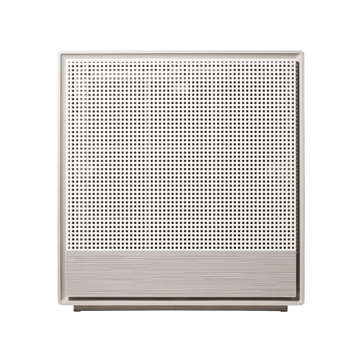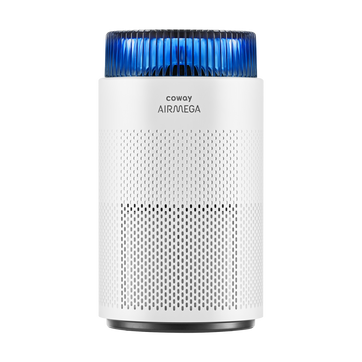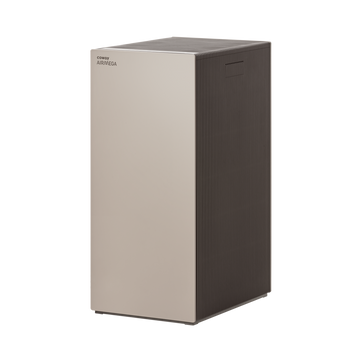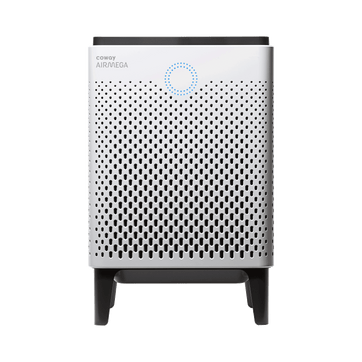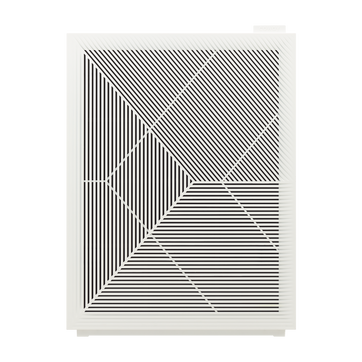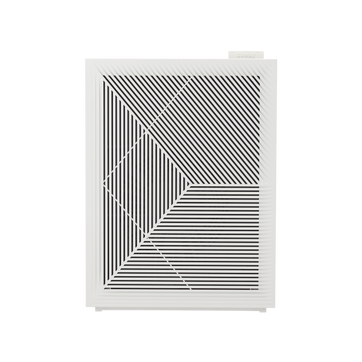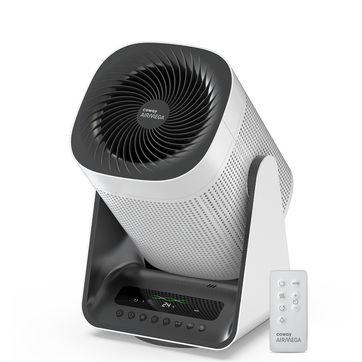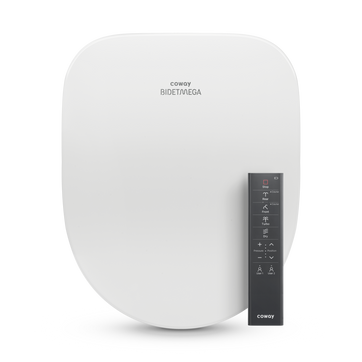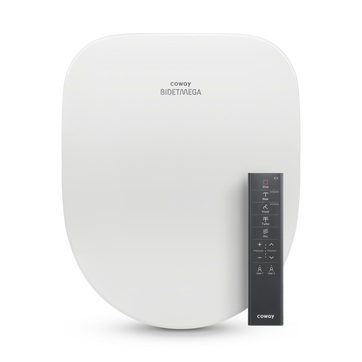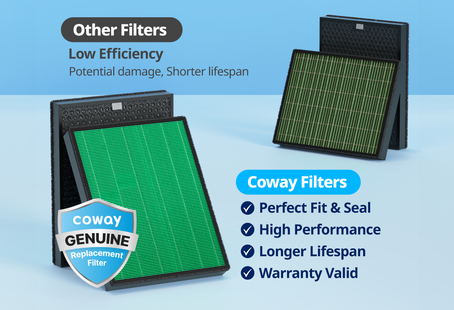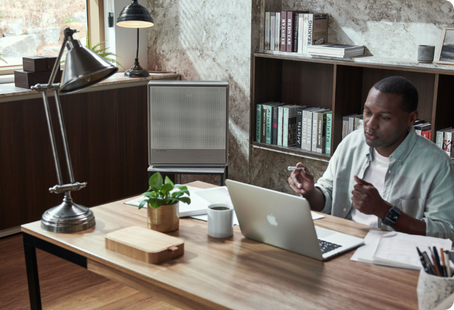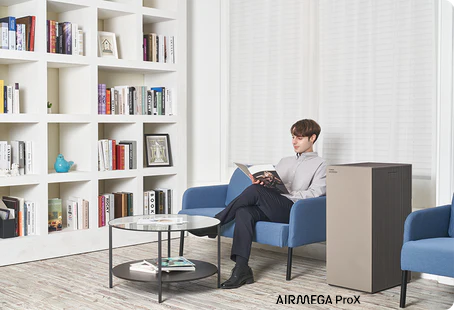
The real reason people fall asleep in meetings
In early June of this year, Adam Ginsburg, a scientist with the Virginia-based National Radio Astronomy Observatory, attended an international research conference. Over the course of several days, he joined in meetings with his colleagues—just like countless professionals do everyday. But Ginsburg had something most meeting attendees do not: an indoor air quality monitor to measure the carbon dioxide levels (CO2) in the conference rooms.
People exhale CO2
To give a sense of perspective, experts recommend no more than 1,000–1,200 parts per million (ppm) CO2 indoors. Ginsburg noted at the conference, however, that CO2 levels rose to almost 1,700ppm when several people were enclosed in a room. When people sat and listened to a speaker, for example, they naturally inhaled oxygen and exhaled CO2. Over the course of the meeting, the CO2 level increased. Ginsburg found that CO2 levels dropped during the coffee break, as the door opened and people—and air—circulated.
Effects of poor indoor air quality
Many people are familiar with the experience of sitting in a stuffy meeting room for a prolonged period of time. After a while, we may feel drowsy or slightly confused. Increasingly, scientists think these sensations are caused by elevated levels of CO2 in meeting rooms.
“Oh, that explains a lot”
When Ginsburg shared about CO2 levels at his conference, he said various colleagues responded, “Oh, that explains a lot.” He further explained, “that’s because high concentrations of CO2 might be making people lethargic and unproductive not just there but in offices...around the world.”
Proper ventilation is key
Thus far, research studies have shown that people perform better on high-level cognitive challenges in buildings with low emissions, also known as “green” buildings. As the research expands, however, scientists are uncovering a surprising side effect in green buildings. These type of buildings are tightly sealed around the doors and windows, which helps create greater energy efficiency. However, without proper ventilation, this building method can trap in air with high CO2 levels.
Indoor air quality is critical to a healthy work environment. This is true from large corporate offices to home-based work spaces. An air filtration system with a true HEPA-filter, like the Coway Airmega, can ensure healthy, clean air for your daily working life. The Coway Airmega features an embedded air quality sensor. When it senses issues in the air, the system automatically starts the ventilating and filtering process, restoring the air to optimal quality.
Disclaimers
1Coway air purifiers has been proven to trap dust, pollen, dander, viruses and bacteria in the air based on KCL (Korea Conformity Laboratories) testing.They have been tested in a 30㎥ size chamber according to the Korea Air Cleaning Association standard (SPS-KACA 002-132:2022 Modified) to measure the 0.01㎛ size of particle removal rate. It was tested on maximum airflow speed in normal room temperature and humidity conditions. The performance may vary in the actual living environment of customers.
→ Tested with Airmega Aim, 150, 160, AP-1216L, AP-1512HH, AP-1512HHS, 200M, Icon, IconS, 230, 240, 250, 250 Art, 250S, 300, 300S, 400, 400S, ProX
299.97% of viruses, bacteria, fungi and pollen were verified to be removed from the air for Coway air purifiers which have Green True HEPA™ filter applied based on the Japan Food Research Laboratories(JFRL) testing according to JEM 1467 standard.
→ Tested with Coway Airmega AP-1512HH, AP-1512HHS, 250, 250 Art, 250S, 300, 300S, 400, 400S
→ All tested by JFRL and received above result within below time.
All tested by JFRL and received above result within below time.
- Virus: Tested with Escherichia coli phage ΦX174 NBRC 103405, 60 minutes
- Bacteria: Tested with Staphylococcus epidermidis NBRC 12993, 60 minutes
- Fungi/Mold: Tested with Penicillium citrinum NBRC 6352, 60 minutes
- Pollen: Tested with Cedar Pollen extract, 60 minutes
3Aerosol test conducted in a Biosafety level 3 laboratory with two Coway air purifier models, Coway Airmega 250 and 400 for removal of SARS-CoV-2 Aerosol by US based MRI Global, a not-for-profit laboratory and partner of US Department of Defense. The test was conducted in a 13.1ft3 chamber. Virus was aerosolized for 15 minutes and the product was turned on high for 2 minutes. Result showed each product effectively removed over 99.98% of the SARS-CoV-2 in 2 minutes. This is a result from a laboratory experiment condition and result may vary in different conditions. This result does not imply it kills SARS-CoV-2 or prevents the transmission of Covid-19. Coway Airmega 250S and 400S are identical to the tested models and has equal performance with an additional mobile connectivity function.
4The concentration of ammonia, acetaldehyde and acetic acid were proven to be removed within 30 minutes by FCG Research Institute, Inc. Human Life Science Lab. It is not a demonstration result in the actual use space. Not all odors and gases may be supported. → Tested with Coway Airmega 150, 160, AP-1512HH, AP-1512HHS, 400, 400S
5The coverage area of the air purifier is based on an area where the air cleaner can make two air changes per hour (ACPH). An air change per hour translates to how many times an air purifier can clean an area, assuming the height of a ceiling to be 8 ft, in one hour. Therefore ** means two air changes per hour means that the cleaner can clean the area once every 30 minutes and * means air changes per hour means that the air purifier can clean the area once every 60 minutes.
10Terms and conditions apply. Discounts, including promotions, coupons, bundle discount and subscription discount, cannot be stacked on top of other coupons. During promotional periods, discount codes will not be able to be applied to orders. Promo codes may apply to products only—filters, accessories, and new products within 3 months of the release date are not included.
